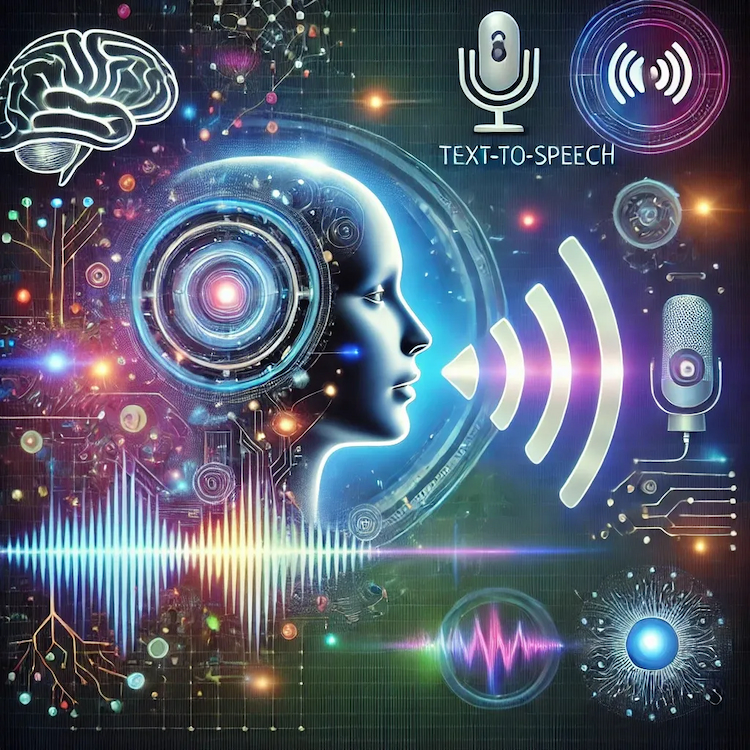What is Text-to-Speech technology? 3 reasons you should use Text-to-Speech
Text to Speech (TTS) is an assistive technology that reads digital text aloud. With just a click or tap, TTS can turn words on a computer or other digital devices into audio.
TTS is particularly beneficial for young children, older adults with reading difficulties, or individuals with visual impairments. It can also help improve writing and editing efficiency, support language learning, and enhance focus.

1. Types of Text to Speech tools
There are several types of TTS tools, each offering unique features. Here are some notable types:
Operating System TTS Tools (like Siri): These tools convert written text to speech, supporting various types of digital content.
App-Based TTS Tools: These are integrated into applications to improve user experience and accessibility. For example, eBook reader apps like Amazon Kindle or Google Play Books use TTS to read books aloud for users.

2. Common usecases for Text to Speech
Text to Speech helps businesses create engaging and accessible content that serves the needs of both customers and employees. Here are three common TTS use cases in a business environment:
Multitasking
Imagine a colleague sends you an important SMS about a major meeting, but you’re on the road. Reading the message while driving, especially in traffic, is difficult and unsafe. Stopping to read isn't an option, either.
TTS allows you to focus on your primary task—whether driving, writing, or drawing—while listening to the text spoken by your device. This enhances safety by letting you stay aware of your surroundings without sacrificing productivity.
Supporting Individuals with Visual Impairments
People with low vision may struggle to read text on digital screens, and others may experience eye strain from prolonged screen exposure. With TTS, they can listen to the text instead of reading it.
Anyone can be affected by screen readability issues, too. For instance, if glare blocks their view, TTS can read on-screen text aloud, so they don't need to adjust brightness or block the light. This maximizes the functionality of digital devices for all users.
Translation
Language barriers can slow down meetings, presentations, or even daily activities. For example, when an overseas office sends a document in their local language, translating it can be time-consuming.
With TTS, foreign text can now be quickly translated and played as spoken language, allowing an individual or group to listen and understand. This simplifies workflows, reduces logistical costs related to language barriers, and lets businesses focus more on growth.
Author: FTECH AI
- 1
- 2
- 3









